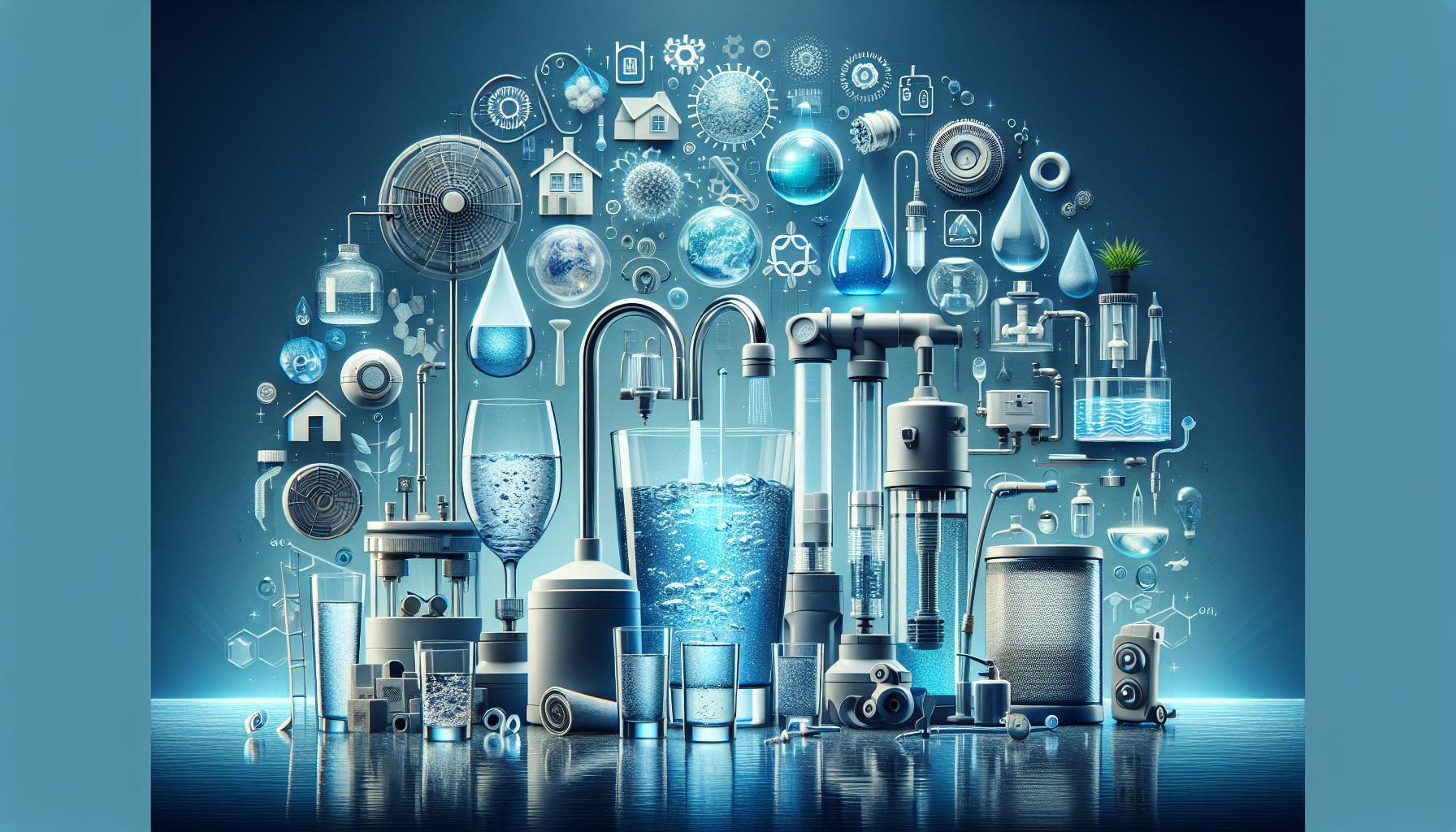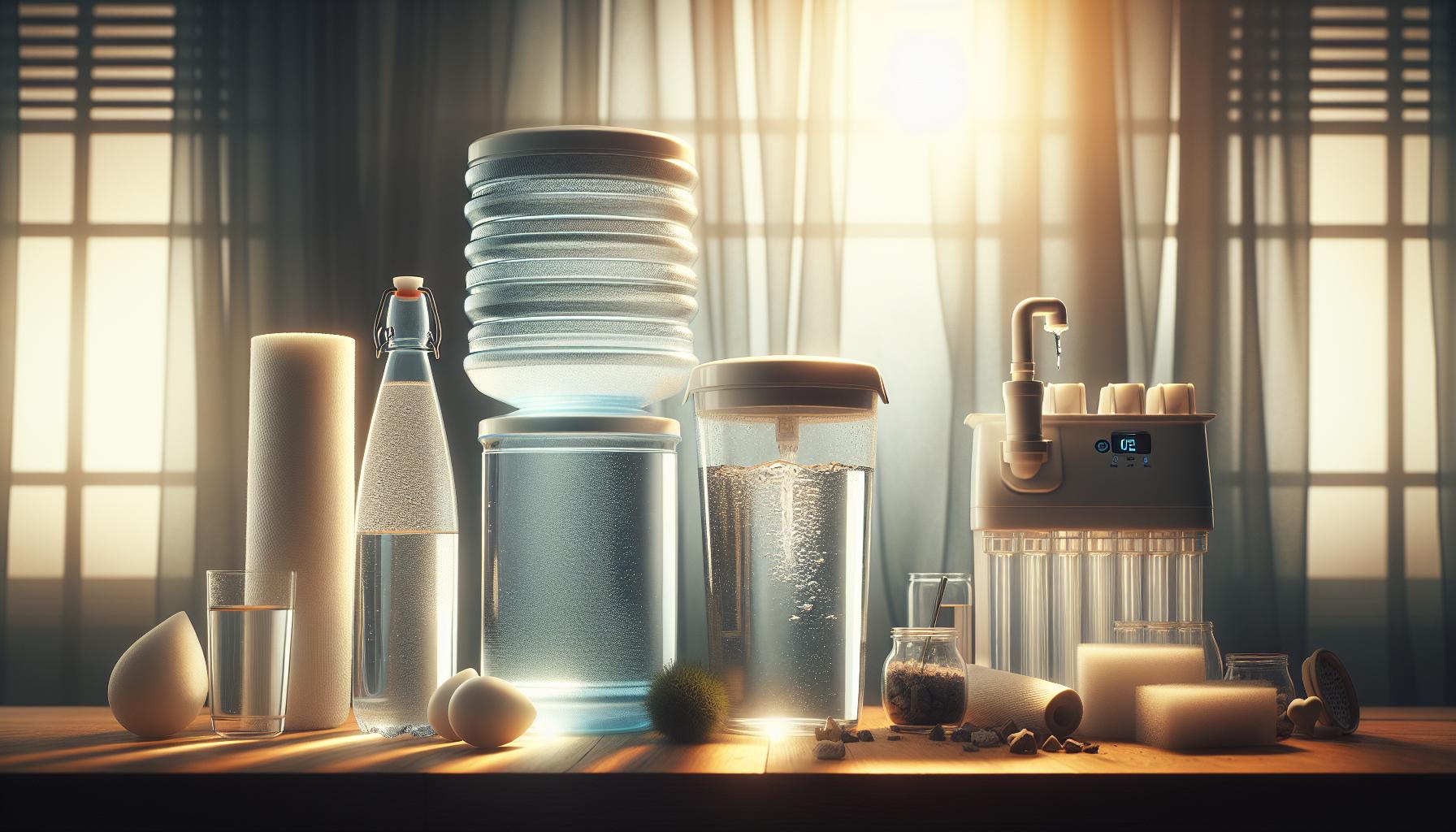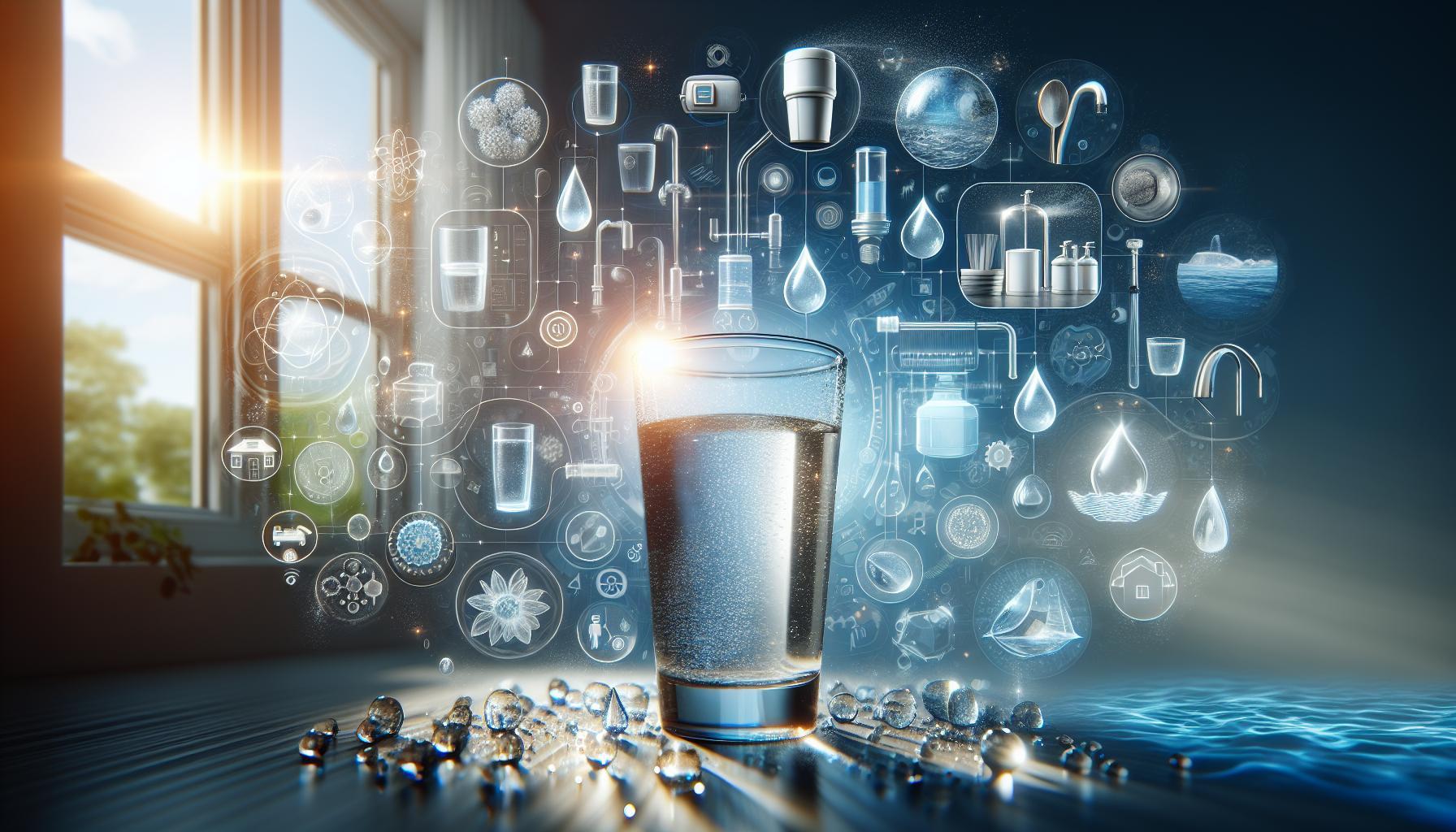When did the revolutionary technique of cutting materials with high-pressure water streams first emerge? Water jet cutting has transformed manufacturing and construction industries, offering precision and versatility. Understanding its history not only highlights key innovations but also showcases the evolution of technology that shapes our modern world. Dive into the fascinating journey of this remarkable cutting method.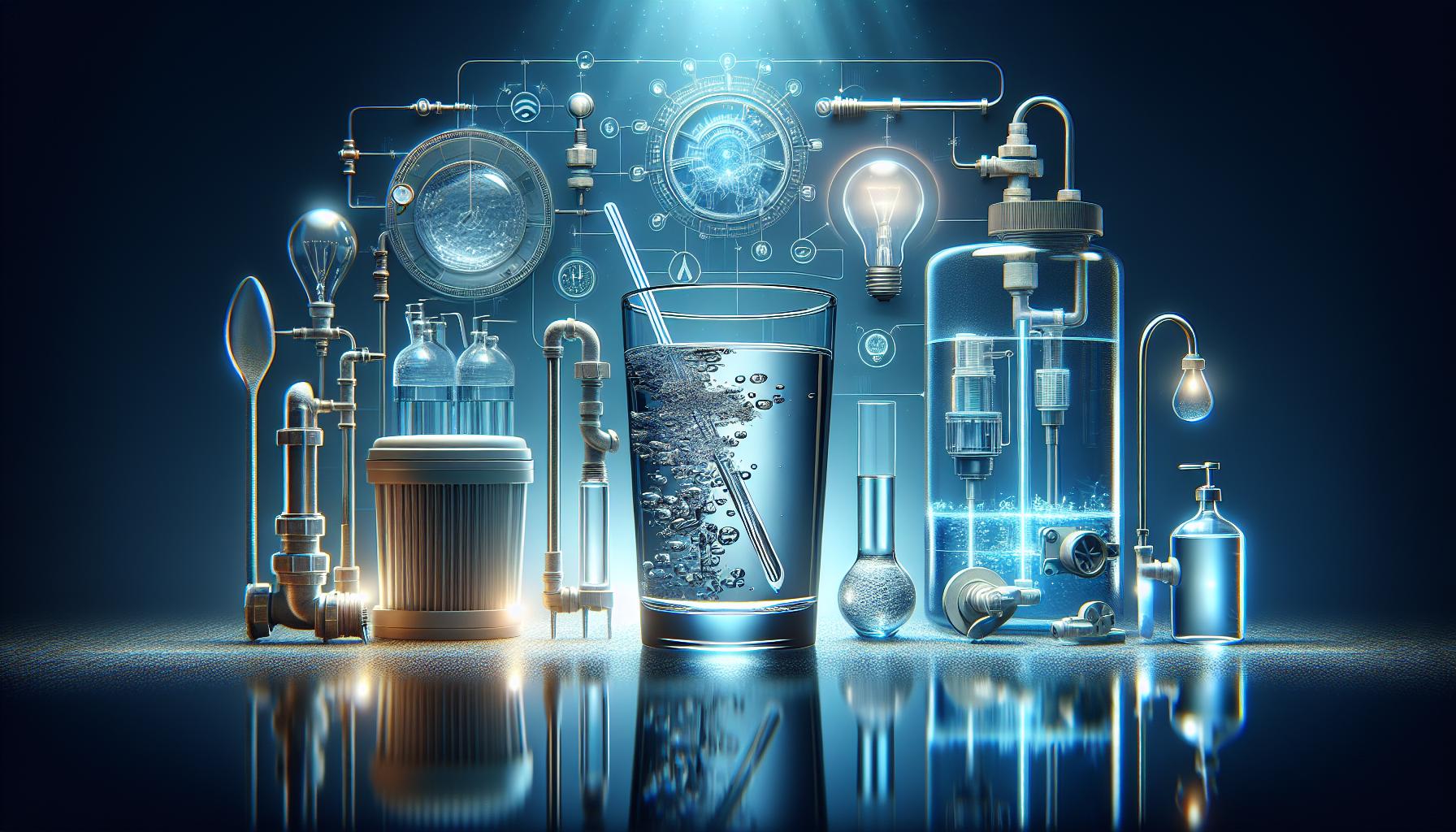
The Beginnings of Water Jet Cutting: A Historical Overview
The ingenuity of human creativity often leads to breakthroughs that transform industries, and water jet cutting is no exception. The technology, which utilizes high-pressure water to slice through various materials, has its roots grounded in the mid-20th century but began to take shape even earlier. The journey towards what we recognize today as water jet cutting is as fascinating as the technology itself.
The Early Concepts and Innovations
While the concept of using water as a cutting tool was envisioned well before its practical application, the pivotal moment came in the 1930s. Researchers and engineers started to experiment with the effects of pressurized water, discovering its potential for material cutting. The earliest records indicate that during this time, high-pressure water streams were used mainly for removing unwanted materials, setting the stage for more sophisticated applications.
In the 1950s, advancements in technology led to the first successful use of water jet cutting. A notable figure, Norman Thieblot, made significant contributions with his development of ultra-high pressure water jets (up to 55,000 psi). This breakthrough demonstrated that water could be used effectively to cut through materials such as metal and stone, leading to a wide array of applications across industries ranging from aerospace to manufacturing.
Evolution in the 1970s
The 1970s marked a significant evolution in water jet technology, as improvements in pump design and materials science allowed for greater precision and efficiency. During this era, the introduction of abrasive materials combined with water jets took cutting capabilities to an entirely new level. This method, known as abrasive water jet cutting, involves mixing garnet or other abrasives with water, enabling the cutting of tougher materials like steel, ceramics, and composites.
This development radically transformed manufacturing processes, offering a cold cutting technique that minimized thermal distortion, making it particularly valuable in industries where maintaining the integrity of physical properties was crucial.
| Year | Key Development | Impact |
|---|---|---|
| 1930s | Initial experiments with pressurized water | Conceptual foundation for future innovations |
| 1950s | First successful high-pressure water jet systems | Established water jet cutting as a viable method |
| 1970s | Introduction of abrasive water jet cutting | Expanded application range to tougher materials |
As we delve into the history behind water jet cutting, it becomes clear that this technology is a culmination of decades of innovation and experimentation. Each milestone not only reflects the ingenuity of its inventors but also illustrates how far we have come in mastering a technique that has revolutionized cutting processes across multiple fields. Understanding the evolution of water jet cutting provides valuable insights for those looking to harness its capabilities in modern applications.
Key Innovations in Water Jet Technology Through the Years
The evolution of water jet technology has been marked by groundbreaking innovations that have significantly enhanced its capabilities and applications across various industries. Emerging from a simple concept of using high-pressure water to cut materials, water jet cutting has evolved into a sophisticated technology that showcases remarkable precision and versatility. The journey of water jet cutting, encapsulated in the question, “When was water jet cutting invented?” reveals a narrative filled with visionary breakthroughs and engineering ingenuity.
Early Developments
The origins of water jet cutting can be traced back to the 1930s when it first emerged as a method to cut soft materials like rubber and sponge. This initial application set the stage for the innovative experimentation that followed. Key milestones include:
- 1930s: The first uses of water jets for cutting were focused primarily on soft materials.
- 1950s: Engineers began to explore the potential of using high-pressure water to cut harder materials, leading to significant advancements in pump technology.
- 1970s: The introduction of abrasive materials mixed with water allowed for the cutting of metals and stone, marking a turning point in the versatility of this technology.
Technological Advancements
As innovations in water jet technology progressed, several key advancements emerged that revolutionized its efficiency and effectiveness:
- Introduction of Abrasive Water Jet Cutting: The incorporation of abrasives into the water jet stream enabled cutting through denser materials like steel and titanium, vastly expanding the application range of water jet cutting.
- Development of CNC Systems: The integration of Computer Numerical Control (CNC) systems in the late 20th century not only enhanced the precision of cuts but also allowed for complex designs to be achieved with ease.
- Advancements in Pump Technology: The shift from hydraulic intensifiers to direct drive pumps significantly increased efficiency and lower operational costs while providing superior cut quality.
Present-Day Innovations
Currently, water jet cutting technology is at the forefront of manufacturing, offering eco-friendly and cost-effective solutions. The latest innovations include:
- Hybrid Systems: The combination of water jet technology with other cutting methods—such as laser or plasma cutting—introduces unprecedented flexibility in fabrication processes.
- Real-time Monitoring: Advanced sensor technology enables real-time adjustments to cutting parameters, leading to improved accuracy and reduced waste.
- 3D Water Jet Cutting: Cutting with water jets has evolved into three dimensions, allowing for intricate shapes and contours that were previously unattainable.
The trajectory of water jet cutting technology, from its inception to present-day innovations, illustrates the relentless pursuit of enhancement in manufacturing processes. As industries continue to discover more applications for this versatile technology, the historical question of “When was water jet cutting invented?” serves as a reminder of its transformative journey and ongoing potential.
Understanding the Mechanics of Water Jet Cutting
Water jet cutting represents a fascinating blend of engineering and technology, utilizing high-pressure streams of water to achieve precision cuts in a wide array of materials. This method operates under the principle of kinetic energy transfer, allowing the water to slice through materials rather than merely pressurizing them. The historic evolution of this technique is tied closely to innovations that have expanded its capabilities, making it a favored choice in various industries.
At its core, the mechanics of water jet cutting involve several critical components working in harmony. A high-pressure pump generates immense pressure, often exceeding 60,000 psi, compelling water through specialized tubing into a cutting head. Within the cutting head, the water can either be deployed in its pure form or mixed with abrasives like garnet to increase cutting efficiency on harder materials. The transition through a small orifice, often as tiny as 0.010 inches, allows the water to exit at supersonic speeds, achieving unparalleled cutting precision.
### Key Components of Water Jet Cutting
- High-pressure Pump: Responsible for pressurizing the water to extreme levels.
- Mixing Chamber: Where water and abrasive are combined for cutting tougher materials.
- Cutting Head: The part where the formulated water jet emerges, crucial for directing the stream accurately.
- Control System: Utilizes CNC technology to dictate the precise movements and shapes of the cuts.
The versatility of water jet cutting allows it to handle a broad spectrum of materials, from metals and glass to plastics and ceramics. This adaptability is not only valuable for industrial manufacturing but also for artistic endeavors, such as custom sculptures or intricate design pieces, demonstrating the wide-reaching impact that this technology has had since its inception.
Understanding the mechanics behind water jet cutting not only sheds light on its historical significance but also illustrates its ongoing innovations. As manufacturers continue to refine techniques and machinery, the applications of water jet cutting are likely to expand, offering even more efficient and precise solutions across diverse sectors.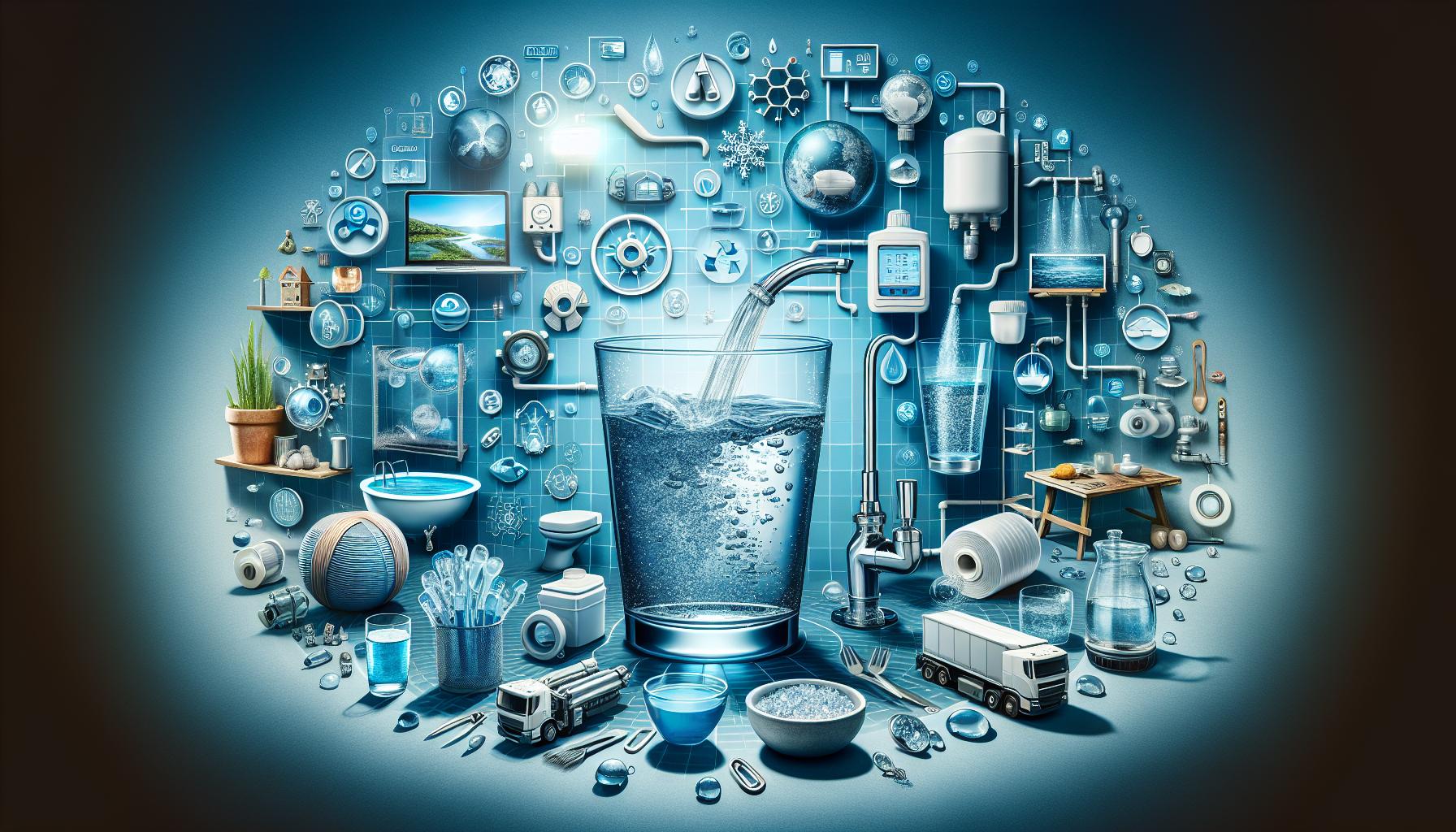
The Evolution of Water Jet Cutting Applications
The utilization of water jet cutting technology has significantly transformed various industries since its inception, reflecting its adaptability and effectiveness across a spectrum of applications. This innovative cutting method, which harnesses a high-pressure stream of water, often mixed with abrasives, has evolved from its early development into a critical tool in manufacturing and design. Initially, water jet cutting was seen primarily in niche markets, but as advancements in technology emerged, its applications broadened significantly, influencing sectors such as aerospace, automotive, and medical device manufacturing.
The Early Development of Water Jet Cutting
Water jet cutting technology began its journey in the 1930s, focusing mainly on simple applications. The earliest machines employed pure water jets to cut softer materials as engineers experimented with the mechanics of high-pressure water streams. It wasn’t until the 1980s, when the introduction of abrasive water jets enabled the technology to penetrate harder materials, that water jet cutting gained widespread recognition. Industries quickly adopted water jet cutting due to its ability to cut complex shapes with precision without introducing heat, which could deform sensitive materials.
Expansion Across Industries
As the technology continued to advance, its versatility allowed it to find a place in multiple sectors. Some key applications include:
- Aerospace: Used for cutting intricate components that require high precision and minimal tolerance.
- Automotive: Employed for producing diverse parts from metals and composites while reducing waste.
- Architecture: Allows for the creation of artistic designs and custom patterns in stone and glass.
- Medical: Essential for manufacturing surgical instruments and implants with complex geometries.
The adaptability of water jet cutting technology is further enhanced by its environmental benefits, as it generates minimal waste and utilizes water as a cutting medium. This has led to an increased awareness and adoption of sustainable practices within various industries.
Recent Innovations and Future Trends
Recent innovations in water jet cutting technology have included the integration of advanced software for precise control and automation, further streamlining manufacturing processes. The development of multi-axis cutting heads allows for enhanced flexibility in design, enabling the production of more intricate forms that were previously impossible. As industries continue to seek more efficient and eco-friendly manufacturing solutions, the future of water jet cutting appears promising, emerging as a potential leader in sustainable production practices.
showcases how this technology has transcended its original limitations. By continually adapting to meet the diverse needs of various industries, it remains a pivotal player in modern manufacturing, underlining the significance of its historical development and the innovations that followed.
Comparing Water Jet Cutting to Traditional Methods
In the ever-evolving realm of manufacturing, water jet cutting stands out as a revolutionary technique that contrasts sharply with traditional cutting methods. Traditional approaches, such as laser cutting, plasma cutting, and even mechanical saws, often rely on heat or physical contact to slice through materials. However, water jet cutting utilizes a high-pressure stream of water—often mixed with abrasives—for a no-heat method that offers unique advantages.
Advantages Over Traditional Methods
Water jet cutting offers distinct benefits that traditional methods cannot match. Key advantages include:
- Material Versatility: Water jet cutting is capable of processing a wide variety of materials including metals, glass, stone, and composite materials, whereas traditional methods may be limited by thickness or material type.
- No Heat-Affected Zone (HAZ): Unlike methods that use heat, such as laser cutting, water jet cutting does not alter the surface integrity of materials, preventing issues like warping or hardening.
- Precision and Detail: Water jets can achieve intricate cuts with minimal kerf (the width of the cut), allowing for high levels of detail without the need for extensive finishing processes.
- Eco-Friendly: As it primarily uses water, this method generates less hazardous waste and doesn’t produce fumes associated with other cutting techniques.
Comparison Table
| Feature | Water Jet Cutting | Traditional Methods (e.g., Laser, Plasma) |
|---|---|---|
| Material Compatibility | Highly versatile | Variable, often limited |
| Heat Generation | No heat-affected zone | Heat is generated |
| Precision | High precision | Variable precision |
| Environmental Impact | Low | Higher emissions |
In practical application, industries that prioritize precision without compromising on material integrity, such as aerospace and automotive, have increasingly adopted water jet cutting. Its ability to create complex shapes and fine details with a cleaner process makes it a preferred option over traditional methods. As we explore the timeline and innovations detailed in “When Was Water Jet Cutting Invented? History & Innovations,” it becomes clear that this cutting-edge technology is not just a trend but a testament to the advancing capabilities of engineering and manufacturing.
The Impact of Water Jet Cutting on Modern Industry
The evolution of water jet cutting technology has profoundly transformed many modern industries, offering advanced capabilities that were previously unimaginable. Since its inception, water jet cutting has become an invaluable tool across various sectors, including manufacturing, aerospace, and automotive. The ability to cut through materials with extreme precision and minimal heat makes water jet cutters a go-to option for projects requiring intricate designs or complex shapes.
Applications Across Industries
Water jet cutting is versatile and can efficiently process a wide array of materials such as metals, glass, ceramics, and composite materials. This versatility leads to numerous applications:
- Manufacturing: Used for producing detailed components in machinery, ensuring minimal waste and maximal precision.
- Aerospace: Essential for crafting lightweight but strong components, with a focus on reducing overall weight for improved fuel efficiency.
- Automotive: Utilized in manufacturing intricate parts for vehicles, enhancing the efficiency of the assembly line.
- Architecture: Water jet cutting allows for customizable designs in construction materials, leading to unique aesthetic finishes.
Technological Advancements
Technological innovations related to water jet cutting have significantly impacted efficiency and effectiveness. The introduction of advanced software tools means that designers can create highly complex models that the water jet cutter can replicate with exacting precision. Additionally, the integration of computer numerically controlled (CNC) systems has automated many processes, reducing human error and increasing throughput.
For example, industries that previously relied on traditional cutting methods are now increasingly adopting water jet technology due to its reduced environmental impact. The absence of thermal distortion is crucial, as it preserves the structural integrity of the materials being processed, which is particularly beneficial in aerospace and automotive industries.
Cost-Effectiveness and Environmental Benefits
Beyond its technical advantages, water jet cutting is often more cost-effective in the long run. Although the initial investment in water jet cutting technology may be substantial, companies can see a return on investment through reduced material waste and increased operational efficiency. Furthermore, as companies seek greener solutions, water jet cutting stands out for its ability to use water as a cutting medium, minimizing harmful emissions typically associated with other cutting processes.
In conclusion, the journey of water jet cutting from its historical roots to its current innovations has significantly shaped modern industry practices. As businesses continue to seek technological efficiencies, the adoption of water jet technology will likely expand even further, cementing its role as a cornerstone in various industrial applications.
Future Trends in Water Jet Technology and Their Potential
The evolution of water jet technology has been nothing short of remarkable, marking a significant leap forward in various industries. Today, we stand on the brink of further innovations, with future trends that promise to redefine what is possible with water jet cutting. As the demand for precision, environmental sustainability, and cost-effective manufacturing solutions continues to rise, water jet technology is poised to adapt and expand in intriguing ways.
Advancements in Automation and Control
One of the most exciting trends in water jet technology is the increasing use of automation and advanced control systems. With the integration of AI and machine learning, water jet systems will become smarter, allowing for real-time adjustments based on material properties and cutting conditions. This capability will not only enhance precision but also significantly reduce waste and energy consumption.
- Self-learning algorithms: These systems will analyze past cutting patterns to optimize future operations, improving efficiency.
- Enhanced user interfaces: User-friendly software will simplify the programming process, making it accessible to a broader range of operators.
- Remote monitoring and troubleshooting: Advanced sensor technology will allow operators to monitor performance from afar, identifying issues before they escalate.
Eco-friendly Innovations
As industries push towards sustainability, environmental considerations will play a pivotal role in the future of water jet cutting. Manufacturers are increasingly seeking solutions that minimize water usage and energy consumption while maintaining high performance. Emerging technologies include:
- Water recycling systems: These systems will reduce water waste by filtering and reusing water, drastically decreasing overall consumption.
- Eco-friendly abrasive materials: Innovations in eco-friendly abrasives will allow for effective cutting without environmental harm.
Material Versatility and Multi-functionality
Future water jet systems are likely to expand the range of materials they can effectively cut, from traditional metals and plastics to advanced composites and ceramics. The ability to handle a wider variety of materials will be crucial in sectors like aerospace, automotive, and even medical manufacturing. Moreover, multi-functionality will become increasingly desirable:
- Combined cutting technologies: Integrating laser and plasma cutting with water jet technology can provide a more versatile approach to complex manufacturing tasks.
- Modular systems: Future designs will allow users to customize their machines according to specific needs, making them adaptable for various applications.
| Future Trends | Potential Benefits |
|---|---|
| Automation and Control | Increased precision and reduced waste |
| Eco-friendly Innovations | Lower environmental footprint |
| Material Versatility | Expanded application in diverse industries |
| Multi-functionality | Customization for specific manufacturing needs |
The future of water jet technology appears bright, with the potential to drive advancements across various fields. By remaining aware of these emerging trends, businesses and manufacturers can better position themselves to leverage this powerful cutting technology to its fullest potential. As we continue to innovate, one can look back at the question of when water jet cutting was invented and realize just how far we’ve come—and how much further we can go.
Practical Tips for Choosing Water Jet Cutting Services
Choosing the right water jet cutting service can significantly impact the outcome of your projects, especially given the technology’s long history of advancement since its inception. The innovation of water jet cutting has evolved dramatically, allowing for precise and intricate cuts that cater to various industries, from aerospace to automotive. To ensure you select a service provider that meets your needs, here are some practical tips to consider.
Evaluate Expertise and Experience
When seeking water jet cutting services, it’s crucial to assess the provider’s expertise. Check how long they have been in the industry and the types of materials they specialize in. A company with extensive experience is likely to have faced various challenges and developed solutions, enhancing their ability to deliver high-quality work. Ask for examples of past projects to gauge their proficiency in handling specific applications.
Understand Machine Capabilities
Not all water jet cutting machines are created equal. Different machines have varying capabilities regarding pressure, precision, and the thickness of materials they can cut.
- Pressure Levels: Look for providers that utilize high-pressure systems, as these are typically more effective for precision cutting.
- Material Versatility: Make sure the service can handle the range of materials you require, whether it’s metals, plastics, or glass.
- Cutting Speed: Ensure that the service can meet your project deadlines without compromising quality.
Request Samples and Quotes
Before making a final decision, ask for samples of the company’s previous work. This gives you tangible proof of their cutting precision and the aesthetic quality of their finished products. Additionally, obtaining quotes from multiple suppliers can help you compare costs and ensure transparency in pricing. It’s also wise to inquire about minimum order quantities, as some providers may have set limits that could impact smaller projects.
| Criteria | Importance |
|---|---|
| Expertise and Experience | High – Affects quality and efficiency. |
| Machine Capabilities | High – Determines the range of projects possible. |
| Samples and Quotes | Medium – Helps assess quality and value. |
By applying these practical tips when choosing a water jet cutting service, you can ensure that you partner with a provider that not only understands the intricacies of this advanced technology—refined over decades since its invention—but also aligns with your project requirements for the best outcomes.
Frequently Asked Questions
When Was Water Jet Cutting Invented?
Water jet cutting was invented in the early 1960s by Norman Franz. It revolutionized the cutting process in various industries by using high-pressure water streams.
Initially designed for mining and stone cutting, water jet technology has since evolved significantly. By the 1980s, abrasive water jet cutting emerged, allowing for the cutting of harder materials like metals and glass. Today, it is widely used across industries, offering precision and versatility.
What is Water Jet Cutting Technology?
Water jet cutting technology utilizes a high-pressure stream of water, often combined with abrasives, to cut through various materials.
This technology is known for its ability to cut without generating heat, which helps preserve the integrity of the material being cut. It’s widely used for applications in industries ranging from manufacturing to art. For more information about its applications, check out our detailed article on applications of water jet cutting.
Why Does Water Jet Cutting Have Advantages Over Traditional Cutting Methods?
Water jet cutting offers several advantages compared to traditional methods, such as reduced heat-affected zones and no material distortion.
Traditional cutting methods often produce excess heat that can warp or damage materials. Water jet cutting eliminates this issue, making it ideal for delicate materials. Additionally, its versatility allows it to cut through a range of materials—from soft rubber to tough metals—efficiently and accurately.
Can I Use Water Jet Cutting for My DIY Projects?
Yes, water jet cutting can be used for DIY projects but usually requires access to specialized equipment or services.
Many fabrication shops offer water jet cutting services to the public, allowing you to submit designs for custom cuts. If you’re considering a project, research local services that provide this technology to find optimal solutions for your needs.
What Innovations Have Improved Water Jet Cutting Since Its Inception?
Innovations in water jet cutting include advancements in control systems, machine automation, and abrasive materials.
Modern water jet cutters feature computer numerical control (CNC) technology, enhancing precision and efficiency. Innovations in abrasives, like garnet, have also improved cutting effectiveness and material compatibility. These advancements have made water jet cutting a preferred choice in many industries, from automotive to aerospace.
How Is Water Jet Cutting Environmentally Friendly?
Water jet cutting is considered environmentally friendly because it minimizes waste and does not produce harmful gases.
The process uses water as the primary cutting medium, which is a renewable resource. Waste material can often be recycled, making it a sustainable choice for manufacturing. Additionally, since there are no harmful emissions during cutting, it’s a cleaner alternative to methods like plasma cutting.
What Materials Can Be Cut with Water Jet Technology?
Water jet technology can cut a diverse range of materials, including metals, plastics, ceramics, and even food.
The ability to handle various thicknesses and hardness levels makes water jet cutting extremely versatile. For example, it can efficiently cut stainless steel, tempered glass, foam, and rubber without compromising material integrity. This versatility is why many industries rely on water jet technology for their cutting needs.
In Retrospect
In conclusion, the journey of water jet cutting from its inception in the 1930s to its modern applications showcases not only groundbreaking innovation but also practical uses in various industries today. Understanding the evolution of this technology helps us appreciate its significance in precision cutting and shaping materials. As you explore more about this fascinating topic, consider how water jet cutting continues to evolve, opening doors to new possibilities in manufacturing and design. We encourage you to dive deeper into the advancements and applications of water jet technology, and share your thoughts or questions—engaging with this remarkable field can lead to exciting new insights and solutions in your own projects.

